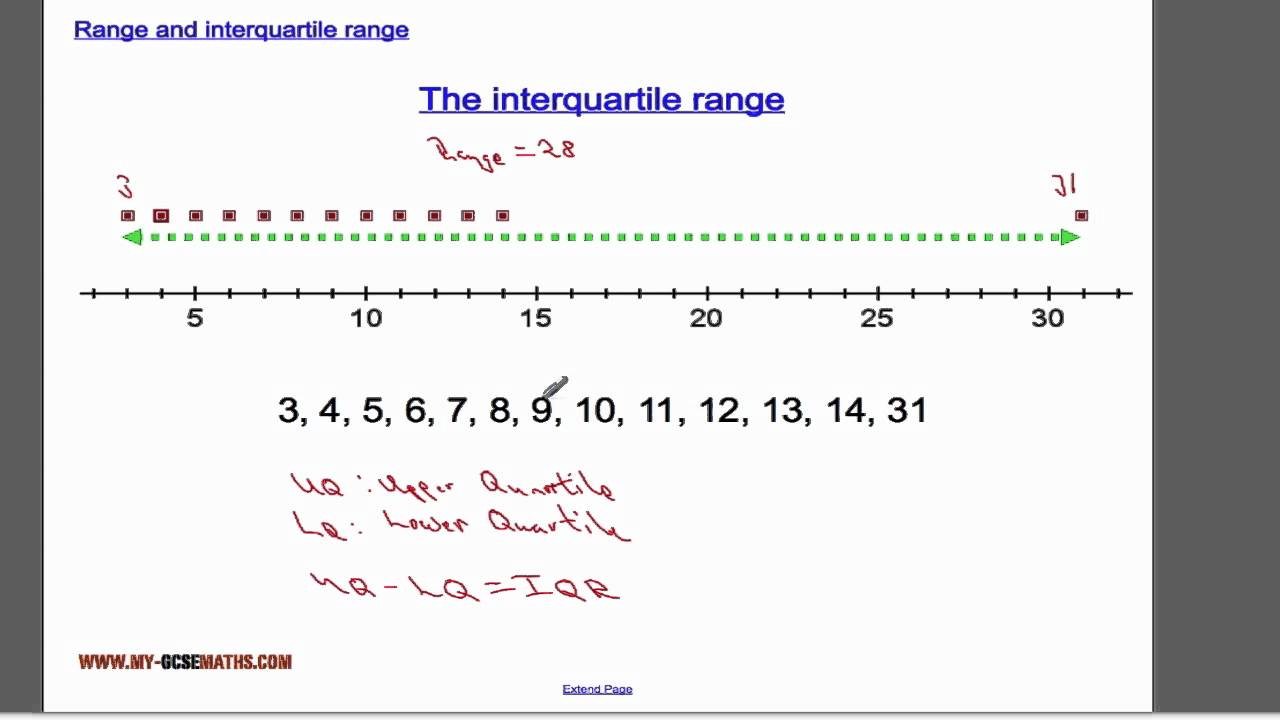Apply Now
Essential Guide for Roasting a Chicken at 350°
Roasting a chicken at 350°F is a classic cooking method that guarantees tender, juicy meat with golden-brown, crispy skin. This reliable temperature allows for an even cooking process, making it an ideal choice for both novice and seasoned chefs. A perfectly roasted chicken can be the centerpiece of any meal, providing not only a hearty main dish but also yielding delicious leftovers for sandwiches, salads, and more.
In this guide, you’ll find everything you need to know about how long to roast a chicken at 350°, including chicken preparation tips, roasting techniques, and timing adjustments based on various chicken types. We’ll also discuss some flavorful seasonings and marinades to elevate your dish, ensuring your roast chicken is not only succulent but bursting with flavor. Get ready to impress your family and friends with a home-cooked chicken that’s sure to satisfy any appetite.
How Long to Roast a Chicken at 350°: Understanding Timing
Roasting a chicken at 350 degrees is straightforward, but determining the cooking time accurately is crucial for achieving the perfect roast. Generally, the rule of thumb is to allow approximately 20 minutes per pound of chicken. So, if you have a 4-pound whole chicken, you can expect a roasting time of around 80 minutes.
When calculating your chicken roast timing, it’s essential to factor in various elements, such as the chicken's starting temperature and whether it has been stuffed. For stuffed chickens, the cooking time can increase by 15-30 minutes. Always ensure the chicken internal temperature reaches at least 165°F to guarantee food safety. Here’s a breakdown of chicken cooking duration based on size:
Chicken Size and Roast Time
- **3-4 pounds:** Approximately 1.5 hours
- **4-5 pounds:** Approximately 1.5 to 2 hours
- **5-6 pounds:** Approximately 2 to 2.5 hours
These timings are general guidelines; a meat thermometer is a valuable tool to confirm chicken doneness accurately.
Checking for Doneness Effectively
To ensure your chicken is cooked to perfection, check the internal temperature at the thickest part of the thigh without touching the bone. The USDA recommends a minimum of 165°F for safe consumption. Additionally, the juices should run clear, not pink, when you cut into the meat.
Adjustments for Different Chicken Cuts
Roasting chicken parts, such as breasts, thighs, or legs, can differ in cooking times significantly. Chicken breast, for instance, often cooks faster than thighs or legs, so they may need 20-30 minutes less time in the oven. Always refer to cooking chicken charts and adjust your timing accordingly to avoid overcooking, which can lead to dry meat.
Why Choose 350°F for Roasting Chicken?
Choosing 350°F for roasting chicken strikes a good balance between cooking the meat thoroughly without drying it out. This temperature allows for even heat distribution, promoting thorough cooking while giving you a chance to achieve that desirable crispy skin on the outside.
Essential Chicken Preparation Tips for Roasting
Preparation is key when roasting a chicken for delicious results. Proper seasoning, marinating, and handling are essential for achieving a tender roast chicken that your family will love.
Marinades and Rubs for Enhanced Flavor
One of the best ways to infuse flavor into your chicken before roasting is to use marinades or dry rubs. Marinades that contain acidity, such as lemon juice or vinegar, tenderize the meat while adding flavor. A simple garlic herb roast chicken marinade can consist of olive oil, garlic, herbs, salt, and pepper.
Additionally, consider various chicken rub recipes incorporating spices like paprika, thyme, and rosemary to create your favorite savory roast chicken. Allow the chicken to marinate for at least an hour but preferably overnight for maximum flavor infusion.
Essential Tools and Accessories for Roasting
When preparing for a roast, having the right tools can ease the process. Utilize high-quality baking sheets and roasting pans that fit well in your oven. A meat thermometer is critical for checking chicken doneness accurately without opening the oven door multiple times. This device helps maintain even cooking throughout the roasting time.
Stuffing Techniques for Flavorful Roasts
Stuffing your chicken not only adds flavor but also moisture. Popular stuffing ingredients include herbs, bread, and vegetables. The key to stuffing chicken is to pack the cavity loosely to ensure even cooking and avoid a long cooking duration that could leave the meat dry.
Basting: Tips for Moisture and Flavor
Basting your roast chicken periodically with its pan juices can help keep the meat moist and infuse added flavor. Using a baster or spoon, apply the juices over the chicken every 30 minutes, especially if it’s a longer roast. This technique can contribute to achieving that gorgeous golden-brown skin that everyone craves.
Roasting Techniques for Perfectly Juicy Chicken
Mastering the art of roasting a chicken at 350° involves understanding different techniques that can lead to unique and delicious results.
Oven Settings: Conventional vs. Convection
If you have a convection oven, you may need to adjust your cooking time. Convection ovens cook more evenly and often faster due to increased air circulation. As a general rule, reduce the cooking time by about 25%. Be sure to monitor doneness more closely to avoid overcooking.
Rotating Chicken for Even Cooking
To achieve a perfectly roasted chicken, consider rotating it halfway through cooking. This practice ensures that all sides brown evenly, resulting in a uniform crispy skin.
Quick Roast Chicken Ideas
When you’re pressed for time, consider quick roast chicken ideas. Smaller chickens or chicken parts typically roast faster and can be prepared with simple seasoning or marinades. This way, you can still enjoy a delightful roasted dish even on busy evenings.
Slow Roast Chicken Method for Tenderness
For an alternative approach, try the slow roast chicken method. Cooking at a lower temperature (around 300°F) for several hours can yield exceptionally tender and flavorful meat. This method is perfect for those who prefer a fuss-free roast that essentially cooks itself.
Delicious Roast Chicken Recipes to Inspire You
With the essential techniques covered, let's explore some delightful roast chicken recipes that can elevate your family dinners from ordinary to extraordinary.
Classic Roast Chicken Recipe
A classic roast chicken recipe is a must-have in every home. Simply season a whole chicken with salt, pepper, and herbs, and roast in a preheated oven at 350°F. This simple method allows the natural flavors of the chicken to shine while creating tender meat and crispy skin.
Lemon Rosemary Chicken
Infuse a burst of flavor with lemon rosemary chicken. Marinate your chicken with fresh rosemary, lemon zest, and garlic for several hours before roasting. This combination not only keeps the chicken juicy but also adds aromatic notes that will entice everyone’s appetite.
Garlic Herb Roast Chicken
For those who love garlicky deliciousness, consider the garlic herb roast chicken. Rub minced garlic, olive oil, rosemary, thyme, and butter under the skin for maximum flavor. This method guarantees a succulent chicken packed with flavor.
Common Mistakes to Avoid When Roasting Chicken
Roasting chicken seems simple, yet many encounter pitfalls that affect their results. By being aware of these common mistakes, you can ensure a flawless roast every time.
Avoiding Dry Chicken
Overcooking is the most common mistake when roasting chicken. Always utilize a meat thermometer to check internal temperatures. Remove the chicken when it reaches 165°F to avoid dry meat.
Insufficient Resting Time
Another common error is cutting into the chicken too soon after removing it from the oven. Allowing the chicken to rest for at least 10-15 minutes enables the juices to redistribute, ensuring a moist and tender result.
Overstuffing the Chicken
While stuffing can enhance flavor, overstuffing can lead to uneven cooking and longer roasting time. Always leave some room to allow hot air to circulate inside the cavity efficiently.
Conclusion: Mastering Your Roast Chicken Technique
By following these roasting techniques, timing guidelines, and preparation tips, you'll be well on your way to serving a perfect roasted chicken that will become a family favorite. Remember, the magic is in the details, from selecting the right chicken to seasoning and monitoring during the cooking process.
For a more flavorful meal, pair your roast chicken with savory sides and enjoy the delicious results of your labor. Happy roasting!




